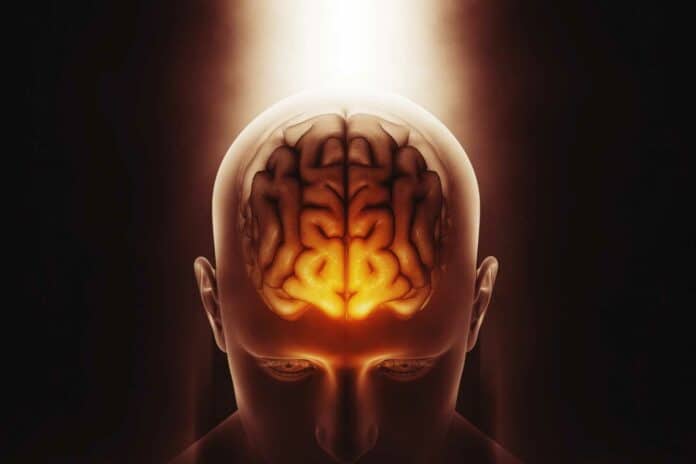In a recent study, researchers from Brigham and Women’s Hospital, one of the original hospitals in the Mass General Brigham healthcare system, have identified evidence of a shared brain network between sadness and heart rate deceleration.
By analyzing data from 14 individuals who did not exhibit symptoms of depression, researchers discovered that transcranial magnetic stimulation (TMS), which stimulates certain brain regions associated with depression, also altered heart rate. This finding suggests that clinicians may be able to target those regions without the need for expensive and rarely used brain scans.
The scientist aimed to determine ways to harness TMS treatment more effectively and get the dosing right by selectively slowing down the heart rate and identifying the individual’s best spot to stimulate the brain.
Senior author Shan Siddiqi, MD, of the Brigham’s Department of Psychiatry and the Center for Brain Circuit Therapeutics, said, “The idea first developed during a conference in Croatia where researchers from the Netherlands presented heart-brain coupling data. They showed that TMS can transiently lower the heart rate and matter where you stimulate.”
“The most exciting part of the study for him is the potential to give the rest of the world easier access to this precision-targeted treatment for depression. We can do so many things with the advanced technology available here in Boston to help people with their symptoms. But some of those things couldn’t easily get to the rest of the world before.”
Scientists examined the FMRI scans from 14 people and identified spots in their brains. These spots were believed to be optimal targets for depression based on previous studies done on connectivity and depression.
Ten spots in each participant’s brain were identified as “connected areas,” or optimal and non-optimal for treating depression. Then, scientists studied the effects of stimulating each location on heart rate.
Eva Dijkstra, MSc, lead author, said, “We wanted to see if there would be mostly heart-brain coupling in the connected areas. For 12 out of 14 usable data sets, we found we would have a very high accuracy of defining an area connected by just measuring heart rate during brain stimulation.”
By identifying a unique treatment location in the brain, the discovery may aid in the individualization of TMS therapy for the treatment of depression. Additionally, eliminating the requirement for an MRI beforehand may facilitate treatment.
Siddiqi said the findings from this study could also be used to help develop treatments that may eventually be useful to cardiologists and emergency doctors in a clinical setting.
Journal Reference:
- Dijkstra, E et al. “Probing Prefrontal-sgACC Connectivity using TMS-Induced Heart-Brain Coupling” Nat. Mental Health. DOI: 10.1038/s44220-024-00248-8
